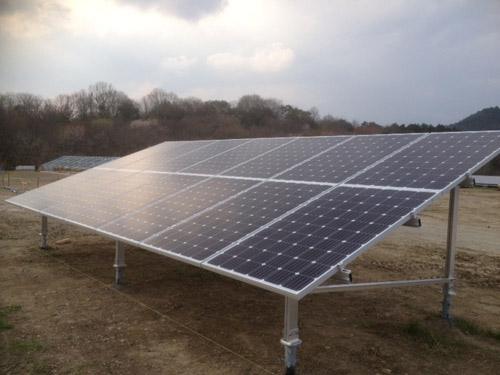Semi-rigid cable
As the name suggests, this type of cable is not easily bent and its outer conductor is made of aluminum tube or copper tube. Its RF leakage is very small (less than -120dB), and the signal crosstalk caused in the system is negligible. The passive intermodulation characteristics of this cable are also ideal. If you want to bend to a certain shape, you need a dedicated molding machine or a manual mold to complete. This cumbersome processing process results in very stable performance. The semi-rigid cable uses solid polytetrafluoroethylene as the filling medium. This material has very stable temperature characteristics, especially at high temperatures, with very good phase. stability. Semi-rigid cables are more expensive than semi-flexible cables and are used in a wide variety of radio frequency and microwave systems.
Semi-flexible cable
Semi-flexible cables are alternatives to semi-rigid cables, whose performance is close to that of semi-rigid cables and can be molded by hand. However, its stability is slightly inferior to that of semi-rigid cables, because it can be easily formed and easily deformed, especially in long-term use.
Flexible (braided) cable
Flexible cable is a "test grade" cable. Compared to semi-rigid and semi-flexible cables, flexible cables are very expensive, because flexible cables are designed with more factors to consider. Flexible cables are easy to bend many times and maintain performance, which is the most basic requirement for test cables. Soft and good electrical indicators are a contradiction, and they are also the main reason for the high cost.
The selection of flexible RF cable assemblies involves consideration of various factors simultaneously, and some of these factors are in conflict with each other. For example, single-core inner conductor coaxial cable has lower insertion loss and amplitude stability when bent than multiple strands. However, the phase stability is not as good as the latter. Therefore, in addition to the frequency range, VSWR, insertion loss and other factors, the selection of a cable assembly should also consider the mechanical characteristics of the cable, the use environment and the application requirements. In addition, the cost is a constant factor.
Solar Ground Mounting System includes Ground Screw Mounting System and Concrete Base Mounting System. Ground Screw mounting system is consist of ground screw and U shape steel and the main material is Q235, surface treatment is hot-dipped galvanized and the useful life is 25 years. Concrete base mounting system is applicable for the array system on the open fields and different foundation solution , it will have different install accessories, such as concrete with bolt and ground screw, the material of this system is hot dipped galvanized steel and anodized aluminum alloy with great anti-corrosive suitable for outdoor using.

Solar Ground Mounting System, Ground Screw Mounting System, Concrete Base Mounting System
Hebei Honde Industrial Trade Imp&Exp Co., Ltd. , https://www.groundscrewpile.com